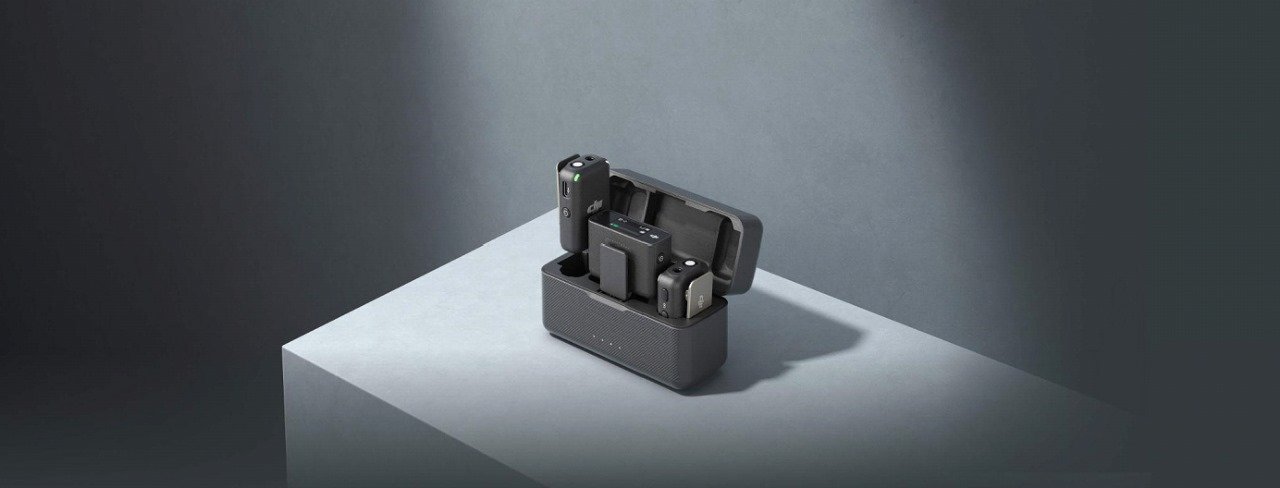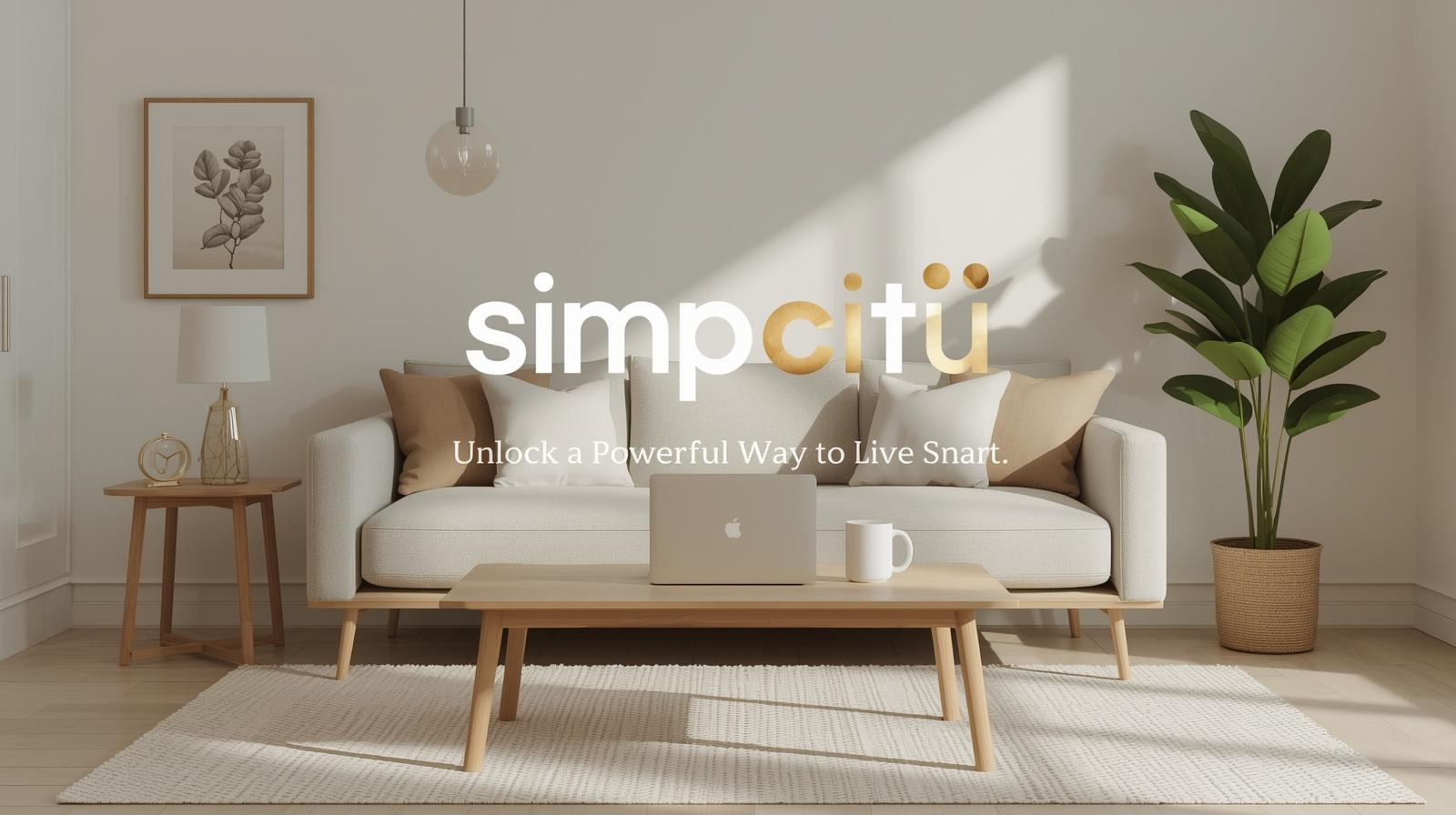Mobility often becomes more challenging as we get older. Joints feel stiffer, balance isn’t what it used to be, and simple tasks—like walking to the kitchen or stepping outside—can become stressful. For many older Australians, mobility aid walkers provide the extra support needed to stay active, independent, and safe.
These walking aids are more than just frames with wheels—they’re practical tools that restore freedom and peace of mind.
Helping Prevent Falls Before They Happen
One of the biggest concerns for seniors is falling. It’s a common cause of injury, especially among those over 65. A slip or trip can lead to serious complications, both physically and emotionally. Fear of falling can also lead to reduced physical activity, which can weaken the body over time.
A well-designed Bodyassist mobility aid walker gives users better balance and stability. It helps distribute weight evenly and reduces the strain on joints, which is especially helpful for people dealing with arthritis, muscle weakness, or recovering from injuries like a walker ankle sprain.
If someone over 65 is concerned about falling, they could also use an alert system. So, while the walker makes them less likely to fall, the alert system can ensure that they get the help they need when they need it the most. Depending on where you live, older people can access this technology without charge by taking advantage of Life Assure medical alert systems for seniors free Canada.
It’s important to look for every opportunity to make life safer, easier, and more independent for older people. Mobility aid walkers and other assistive systems can be especially helpful in this regard.
Designed for Comfort and Confidence
Today’s walkers aren’t bulky or uncomfortable. Most are lightweight and easy to manoeuvre, even in tight indoor spaces. Features like padded handles, adjustable height, and ergonomic grips reduce strain on the wrists and shoulders.
Some models come with seats, so users can pause and rest when needed. This is especially useful for people who tire quickly during walks or errands. With these thoughtful details, walkers make it easier to stay active without overexertion.
Independence Without the Worry
Many seniors avoid going out simply because they’re worried they won’t make it back without help. This kind of hesitation often leads to less movement and more isolation. A walker changes that. It offers the support needed to move about safely, inside or outside the house.
Whether it’s walking to the mailbox, attending appointments, or shopping independently, mobility aid walkers help users move with greater confidence. They offer the freedom to go about your day without waiting on others for assistance.
Recovery Support After Injury or Surgery
Walkers are also commonly used during recovery. After surgery or an injury—like a fractured ankle or knee replacement—it’s important to start walking gradually. Walkers make this safer by supporting partial weight-bearing and allowing people to move at their own pace.
When used with other Ambulation Aids, such as crutches or walking frames, they become part of a complete rehab strategy that improves mobility while preventing setbacks.
Even something as seemingly unrelated as poor sleep can affect balance and alertness. If snoring or blocked nasal passages are interrupting rest, simple solutions like nasal strips for snoring can lead to better sleep and, in turn, more stable movement during the day.
Built-In Features That Make Life Easier
Aside from physical support, walkers also help with day-to-day convenience. Many come with baskets, pouches, or trays to carry personal items, so users don’t have to juggle bags or ask for help with small things. These additions can be surprisingly helpful—whether it’s bringing a meal from the kitchen or holding your shopping while you rest.
Folding designs are also available, making them easy to transport in the car or store when not in use. These are little touches that make a big difference in real life.
Choosing the Right Walker
There’s no single walker that suits everyone. Choosing the right model depends on where and how it will be used:
- Standard walkers: No wheels, best for indoor use and maximum stability.
- Two-wheeled walkers: Help with smoother movement while offering support.
- Four-wheeled walkers (rollators): Ideal for those who are more mobile but need occasional support. Most include brakes and a seat.
Before choosing a walker, make sure it’s adjusted to the right height. When standing upright, your hands should rest comfortably on the grips with a slight bend in the elbows.
Simple Tips for Safer Use
To get the most out of your walker:
- Keep floors clear of rugs, cords, or anything that can catch the wheels.
- Wear supportive, slip-resistant shoes.
- Use walkers with built-in storage to avoid carrying bags in your hands.
- Avoid leaning too far forward—walk in line with the frame, not behind it.
If energy or alertness feels low during the day, look into nighttime breathing issues—using nasal strips for snoring may help improve sleep and daytime focus.
Mobility and Quality of Life Go Hand in Hand
Getting older doesn’t have to mean staying still. Tools like mobility aid walkers make it easier for seniors to stay active, comfortable, and self-reliant. Whether it’s walking through the garden, running errands, or simply navigating the living room, the right walker can provide both safety and peace of mind.
Pairing a walker with other supports—such as Ambulation Aids, proper ankle support for a walker ankle, or even better sleep tools—creates a more complete approach to senior care.
FAQs
Can I use a mobility walker indoors and outdoors?
Yes. Most walkers are designed for both settings. Rollators are ideal for outdoor use because of their wheels and brakes, while standard walkers work well indoors.
How can I tell if the walker is the right height?
When standing straight with your hands on the handles, your elbows should have a slight bend, around 15 to 20 degrees. This helps with posture and control.
Are mobility walkers helpful after surgery or injury?
Absolutely. They’re often used during rehabilitation, especially after leg or foot injuries such as a walker ankle issue, or following hip or knee surgery.
What’s the difference between a walker and other Ambulation Aids?
Walkers offer full-body support. Ambulation Aids also include crutches, canes, or walking frames, which are chosen based on mobility level and recovery needs.
Can poor sleep affect mobility or balance?
Yes. Tiredness from disrupted sleep can lead to slower reaction times and poor coordination. If snoring is a problem, nasal strips for snoring may help improve breathing and sleep quality.
Read More: The Best Workout Leggings for Every Type of Exercise




